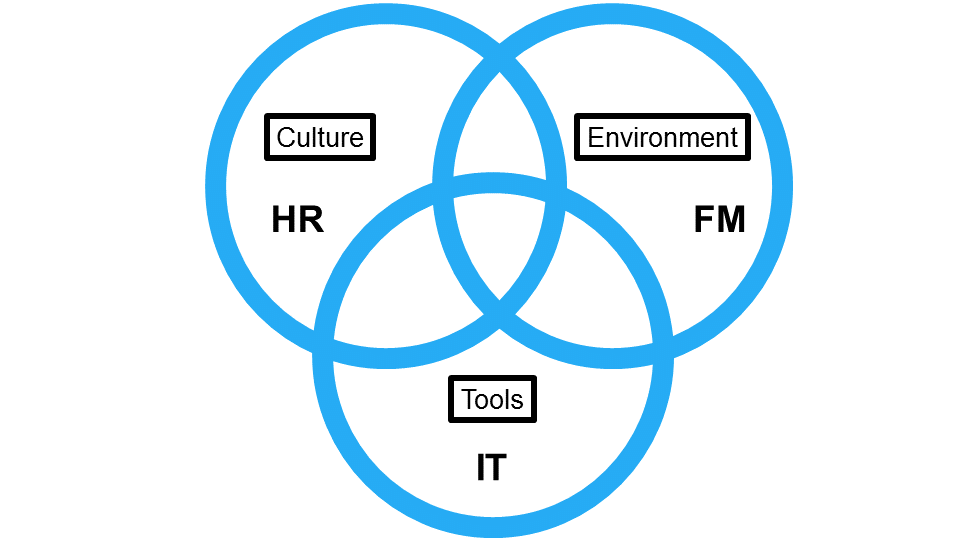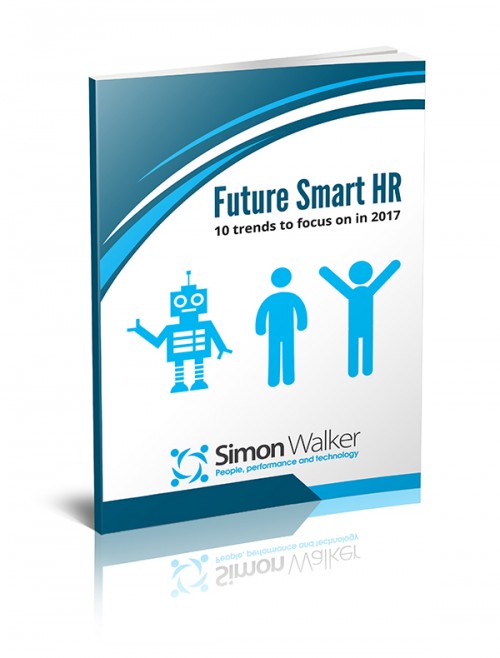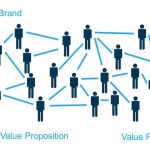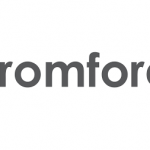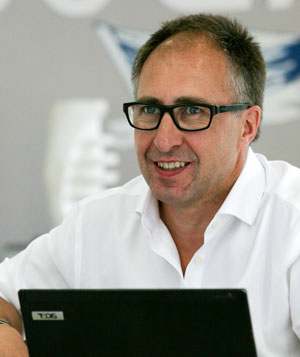For many roles, there really is a global war for talent, particularly in the skills driving disruption and transformation – ask anyone hiring software developers and data analysts. So in this highly competitive environment, how do we create the employee experience that will attract, engage and, importantly, enable this talent to do great work?
A good start is to think about employes as you would customers.
There is much we can learn from colleagues who focus on creating great customer experiences. One technique is customer journey analysis. This is where every detail that impacts how the customer feels, or what they see, taste or touch is observed and analysed to deduce what impact it has and how ‘frictionless’ the customer experience is, ie how easy they are to do business with.
For leaders and HR teams, this means continuing to focus on how the employee feels, through culture, great leadership and a sense of purpose.
But it also means looking at the physical environment – where they work (office, home, coffee shop, collaborative work space) and, if it’s an office, the location (inner city with a vibe, or soulless out-of-town business park). It also means looking at what they see (characterless cubicles or interesting office design), sit on, taste and hear.
Finally, with consumer technology that we all use (our phone, tablet or laptop, their apps and services) often being far more sophisticated than the tech tools and systems we use at work, we need to ensure that our talent has the tools they need to be productive. The focus needs to be on user experience above functionality. Most corporate systems seem to do this the other way round.
These three elements of employee experience – what we feel, sense and use – correspond to the traditional responsibilities of HR, IT and FM. Some smart companies are ditching these traditional function silos and bringing them altogether as an employee experience function. For example AirBnb has a Global Head of Employee Experience responsible for all three areas.
But even if not going that far, if we are to focus on employee experience we need to work together with IT and FM in a focused and seamless way.
Some questions to ask
- What is the current employee experience for our people?
- How does the culture and leadership really make them feel?
- What is the work environment like? The spaces, the locations, the coffee?
And what about the tools we give them? Does it enable them to work fast, in a frictionless way where they can collaborate and generate fast, innovative solutions ? - Can we make our employee experience as memorable as our customer experience?
- How can we use the tools we use for our customer experience (eg ongoing research into needs and perceptions, design thinking, and a marketing mindset) to re-invent the HR function?
- How do we create and embrace an iterative development model so new HR services are co-created with employees in much the same way new products are co-created by our company’s most passionate consumers?
If you’d like to explore work design or inspire and enable your leaders to better engage their teams by embracing the future of work, then call Simon on 020 3488 0464 or email simon@simonwalker.org
Focusing on the whole employee experience is one of the themes discussed in my mini ebook Future Smart HR – 10 trends to focus on in 2017
Exploring themes such as HR analytics, the gig ecomony and the impact of AI and automation, it shares ideas about what to do about them, and the smart questions you should be asking.
Download you complementary copy here.


